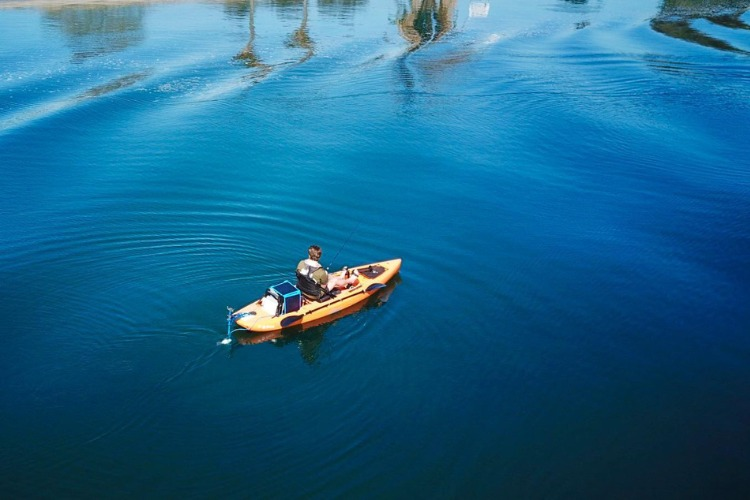
How To Make Kayaking Easier For Beginners
Bixpy LLCShare
Getting started with kayaking can be physically demanding if you approach it the wrong way. While most beginners assume it’s all about choosing the “right kayak,” the real difference comes from technique, setup, and the smart use of gear.
Dial In Paddle Length and Stroke Efficiency
A common beginner mistake is grabbing any paddle without considering length. Too short and you’ll bang your knuckles on the gunwales; too long and you’ll waste energy lifting extra weight. As a rule of thumb, paddlers under 5’6” typically do best with a 210–220 cm paddle, while those taller benefit from 230–240 cm. Beyond sizing, focus on torso rotation rather than arm power. Your core muscles provide far more endurance than your biceps, and learning to twist from the hips early on makes a huge difference in both efficiency and fatigue.
Use Proper Foot Bracing for Stability and Power
Most kayaks have adjustable foot pegs, but beginners often overlook them or leave them set too far forward. Your knees should be slightly bent with your heels comfortably against the foot pegs, giving you leverage to engage your whole body in each stroke. This also stabilizes the kayak in choppy water. Once dialed in, you’ll notice you’re not just paddling with your arms but driving strokes through your legs and hips.
Optimize Trim and Load Balance
Even in a recreational kayak, weight distribution has a big effect on performance. Beginners often stash gear behind the seat, which raises the bow and makes tracking harder. Instead, balance heavier items low and toward the center. A properly trimmed kayak holds its line with less correction, which means fewer wasted strokes and less fatigue.
Learn to Use Feathered Paddle Blades
Adjustable paddles allow you to “feather” the blades, angling them so that while one is in the water, the other slices the air. Even a 30–45° offset reduces wind resistance, which pays off noticeably on longer paddles or breezy days. Beginners often skip this setting, but once you get used to feathering, it’s one of the simplest ways to reduce wasted effort.
Mastering Rudder and Skeg Adjustments
If your kayak is equipped with a rudder or skeg, learn to use it properly. A skeg stabilizes tracking in crosswinds, while a rudder allows steering corrections without breaking stroke rhythm. For beginners who struggle with constant “zig-zagging,” learning to trim a skeg or gently tap rudder pedals makes paddling straighter and easier.
Practice Re-Entry Early
Fatigue often comes from anxiety as much as muscle strain. Beginners worry about tipping and not being able to get back in. Practicing a few shallow-water re-entry drills builds confidence, which in turn makes paddling more relaxed and efficient. Knowing you can get back in your kayak easily means you’ll paddle more naturally instead of overcorrecting every little wobble.
Take Advantage of Auxiliary Power
Even with good technique, paddling against wind or current can overwhelm a beginner. This is where compact electric drives like the Bixpy K-1 Motor come into play. At under 10 lbs, the K-1 adds reliable auxiliary power without taking away the simplicity of a kayak. Beginners can use it to cover distance, hold position while fishing, or conserve energy when conditions get tough, removing one of the biggest barriers to enjoying kayaking right away.
Kayaking gets easier not by buying a bigger boat but by fine-tuning technique, setup, and support systems from the start. Paying attention to paddle efficiency, boat trim, and small adjustments like feathering or foot bracing prevents bad habits that drain energy. And when conditions call for extra help, a lightweight electric motor like the Bixpy K-1 can take the edge off without complicating the sport.


